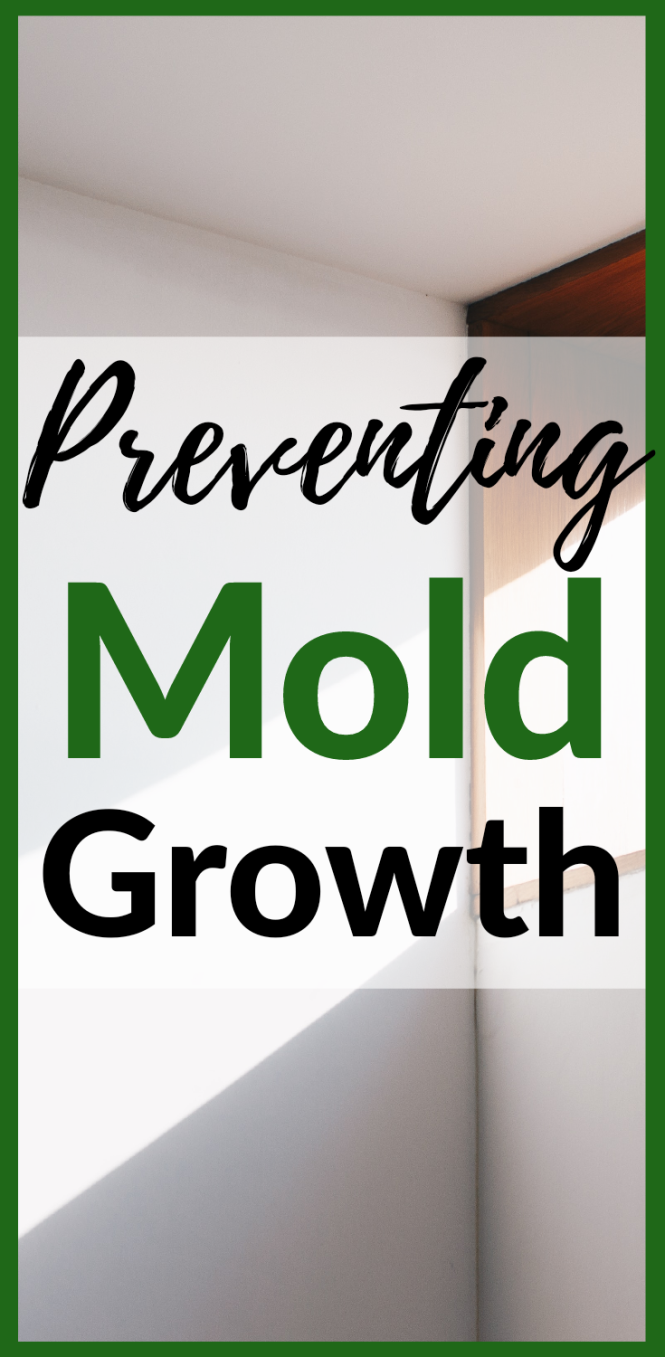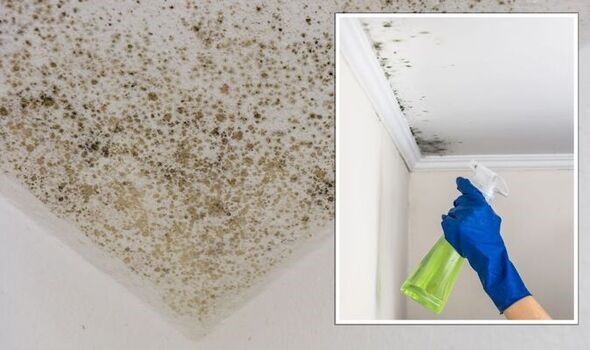

Preventing floor mold growth is essential for a healthy and safe living environment. Mold growth can lead to various health problems, including respiratory issues and allergic reactions, and it can also cause significant damage to your property. Mold thrives in damp and humid conditions, and it can easily spread if not properly addressed. This guide will provide you with the knowledge and strategies to understand and prevent floor mold growth, from identifying potential problems to implementing effective preventative measures. We’ll cover everything from moisture control to ventilation strategies. Following this comprehensive guide, you’ll be well-equipped to maintain a mold-free living space.
Understanding the Causes of Floor Mold Growth
Identifying Moisture Issues
Mold needs moisture to grow and thrive. High humidity levels, water leaks, plumbing problems, or poor ventilation can create ideal environments for mold to flourish. Addressing these issues at their source is essential for preventing mold growth. A common source of moisture issues is improperly sealed windows or doors in the winter season.
Understanding the Role of Ventilation
Poor ventilation allows moisture to accumulate, increasing the risk of mold growth. Ensuring adequate airflow is crucial to maintaining a dry environment, particularly in areas prone to moisture buildup, such as bathrooms, kitchens, and basements. Poorly ventilated spaces often encourage the accumulation of excess moisture. In the bathrooms and kitchens, a good ventilation system is a must-have to prevent moisture buildup. This often involves an exhaust fan to expel moist air quickly.
Recognizing High Humidity
High humidity creates the perfect environment for mold spores to germinate and grow. Monitor your home’s humidity levels using a hygrometer, and maintain them within a healthy range. In areas with high humidity, it’s important to use dehumidifiers, especially in enclosed areas such as bathrooms and basements.
Inspecting for Leaks and Water Damage
Regularly inspect your home for any signs of water leaks or damage. Promptly address any detected water issues to prevent mold from developing and ensure that your plumbing systems are properly installed and maintained.
Implementing Preventative Measures
Moisture Control Techniques
Implementing effective moisture control techniques is vital for preventing floor mold growth. This includes fixing leaks promptly, properly sealing windows and doors, ensuring proper ventilation in bathrooms and kitchens, and using dehumidifiers in high-humidity areas. Addressing any underlying leaks, such as broken pipes or faulty plumbing fixtures, is crucial in preventing moisture-related issues.
Regular Cleaning and Maintenance
Regular cleaning and maintenance can significantly reduce the chances of mold growth. Cleaning spills promptly, wiping up excess water, and maintaining good hygiene practices can help prevent moisture accumulation. Regular cleaning of floors and surfaces can also help prevent mold growth.
Implementing Proper Ventilation Systems
Ensuring proper ventilation systems are in place is crucial for maintaining a dry indoor environment. Adequate ventilation helps prevent moisture buildup and circulates air, which helps in reducing mold-inducing moisture buildup. Properly installed and maintained ventilation systems are key to preventing mold issues.
Avoiding Potential Problems
Addressing potential problems is key in preventing mold issues. This includes checking for leaks in your plumbing system, monitoring moisture levels, and having a good ventilation plan. You should also consider using dehumidifiers in high humidity areas to help prevent mold growth.
Identifying Signs of Mold Growth
Recognizing Visible Signs
Be aware of visible signs of mold growth, including black, green, or white spots on walls, ceilings, or floors. These spots often indicate that mold growth is present and needs to be addressed quickly. Promptly inspecting these areas for mold is important.
Monitoring for Musty Odors
Pay attention to musty or unusual odors, as they can also be a sign of mold growth. An unexplained musty odor could be a sign that mold is present and needs to be addressed promptly.
Investigating Potential Moisture Sources
Investigate any potential sources of moisture, such as leaks or high humidity. These sources may contribute to mold growth and require prompt attention to prevent further damage. If a water leak is found, it should be repaired immediately.
Taking Action on Suspicions
If you suspect mold growth, take action immediately. Consult with a professional mold remediation specialist to determine the extent of the problem and take appropriate steps to address it safely and effectively.
Professional Mold Remediation Services
Understanding the Importance of Professionals
Professional mold remediation services are often necessary for tackling extensive or complex mold problems. They possess the specialized equipment and expertise to effectively remove mold and prevent its recurrence. If the mold growth is extensive, consulting a professional is recommended.
Assessing the Extent of Damage
Professionals can assess the extent of the damage and recommend appropriate remediation solutions to prevent further issues. They can determine if further measures need to be taken to prevent the spread of mold and identify potential sources.
Ensuring Effective Removal and Prevention
Professional mold remediation services provide effective removal and prevention strategies, preventing further growth. They also ensure that the environment is safe and healthy for occupants and address any potential issues promptly.
Implementing Long-Term Solutions
Professionals can implement long-term solutions to prevent future mold growth, addressing the root causes of the problem, and ensuring a healthy and safe environment. Implementing these preventative measures will help maintain a healthier environment.
Maintaining a Mold-Free Environment
Regular Inspections
Regular inspections help identify potential moisture issues early on, preventing mold from taking hold. Implementing a preventative strategy is critical for a healthy living environment, and regular inspections are an integral part of that.
Preventing Recurrence
Taking preventative measures to prevent the recurrence of mold problems is crucial. This includes addressing moisture sources, implementing a proper ventilation system, and maintaining regular cleanliness.
Promptly Addressing Issues
Address any potential or confirmed mold issues immediately. This includes fixing leaks and addressing other moisture sources promptly.
Maintaining Good Hygiene Practices
Maintaining good hygiene practices contributes significantly to preventing mold growth. This includes regular cleaning, prompt drying of surfaces, and proper disposal of waste materials.
Additional Tips
Consider using a dehumidifier
Consider using a dehumidifier in areas prone to high humidity, especially in basements or bathrooms, to help control moisture levels.
Regularly inspect your plumbing
Regularly inspect your plumbing for any leaks or damage. Promptly repair any leaks to prevent water damage and mold growth.
Improve ventilation
Improve ventilation by opening windows and doors when possible to allow fresh air to circulate.
Ensure proper insulation
Ensure your home is properly insulated to prevent moisture buildup, especially during cold weather, and maintain a consistent temperature. This can help prevent condensation and related mold issues.
Maintaining a Healthy Environment
Conclusion
Frequently Asked Questions
What are the first steps I should take if I suspect mold growth?
If you suspect mold growth, your first step is to inspect the area carefully. Look for any visible signs of mold, such as discoloration, and any musty odors. If you confirm mold growth or have concerns about the extent of the damage, contact a professional mold remediation specialist immediately. Do not attempt to remove the mold yourself unless you have the necessary expertise and safety equipment. This will ensure your safety and prevent further contamination. Improper removal can lead to spread.
How can I prevent mold from growing in my bathroom?
To prevent mold in your bathroom, ensure proper ventilation by using an exhaust fan. Keep the bathroom dry by wiping down surfaces after showering or bathing, and addressing any leaks or water damage immediately. Regular cleaning of the area is also crucial to prevent mold growth. This will prevent dampness from accumulating and increase air circulation.
Preventing floor mold growth requires a proactive approach. By understanding the causes, implementing preventative measures, and promptly addressing any signs of mold, you can maintain a healthy and mold-free living space. Regularly checking for moisture, ventilating properly, and maintaining good hygiene are crucial steps in this process. If you suspect a significant mold problem, contact a professional mold remediation specialist immediately. Learn more about professional mold remediation services and find a certified professional near you. This proactive approach is key to maintaining a healthy and mold-free home or business.